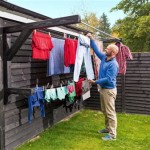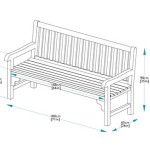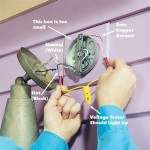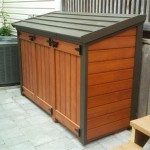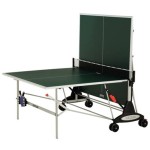Installing LED Strip Lights Outdoor: Essential Aspects
Transforming your outdoor space with vibrant illumination has become effortless with the advent of LED strip lights. These versatile lighting solutions offer endless possibilities for creating captivating ambiance and enhancing the visual appeal of your outdoor areas. However, to ensure a successful and safe installation, it is crucial to consider essential aspects that will guarantee optimal performance and longevity.
1. Choose the Right IP Rating:
One of the most critical factors in selecting LED strip lights for outdoor use is their IP rating. The IP rating indicates the level of protection against water and dust. For outdoor applications, a higher IP rating is recommended, such as IP65 or IP67, to withstand harsh weather conditions.
2. Determine the Length and Power Requirements:
Measure the area where you intend to install the LED strip lights to determine the required length. Calculate the total wattage by multiplying the length by the wattage per meter of the strip lights. To prevent overloading, use a power supply with sufficient capacity to handle the wattage of the lights.
3. Prepare the Installation Surface:
Ensure the surface where the LED strip lights will be installed is clean and dry. Remove any dirt or debris that may interfere with adhesion. Use a degreasing agent to clean the surface if necessary, especially when installing on metal or plastic surfaces.
4. Secure the LED Strip Lights:
There are different methods to secure LED strip lights outdoors. You can use adhesive backing, mounting clips, or a combination of both. Adhesive backing is suitable for most surfaces, but for rough or uneven surfaces, mounting clips provide additional stability.
5. Connect the Power Supply:
Connect the LED strip lights to the power supply according to the manufacturer's instructions. Ensure all connections are secure and weatherproof to prevent short circuits or electrical hazards. Use waterproof connectors or heat shrink tubing to protect the connections from moisture.
6. Test the Lights and Secure Loose Ends:
After installation, test the LED strip lights to ensure they are working correctly. Check for any loose connections or damaged sections. Secure any loose ends or excess wire with electrical tape or zip ties.
7. Consider Additional Features:
Modern LED strip lights offer various additional features that can enhance their functionality and aesthetics. Some lights come with color-changing capabilities, remote control options, or even music synchronization. Consider these features based on your specific requirements.
By following these essential aspects, you can ensure a successful installation of LED strip lights outdoors, creating an illuminated ambiance that transforms your outdoor space into a captivating haven.

The Complete Guide To Outdoor Led Strip Lights Lighting Access

7 Things To Know Before And Installing 12v Led Strip Lights

How To Choose And Install Led Garden Lights

Super Clean Diy Outdoor Led Lighting

How To Choose And Install Led Garden Lights

The Easy Installation Of Led Strip Lights Ledmyplace

Installing Led Strip Lights Superlightingled Com Blog

Step By Guide Installing Outdoor Lighting Around Your Home Govee

Designing And Installing Led Strip Tape
Diy Led Accent Lights For Your Home A Step By Guide Vcloudinfo
Related Posts

